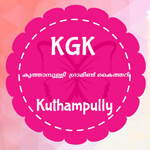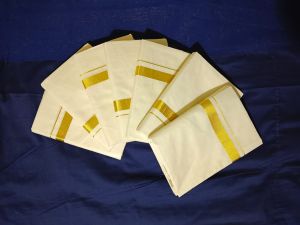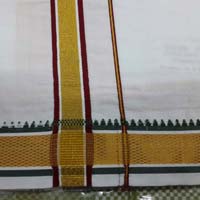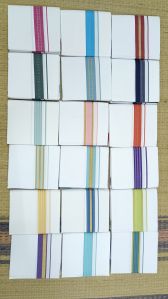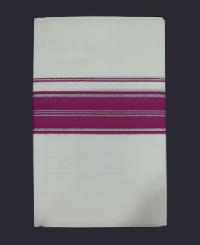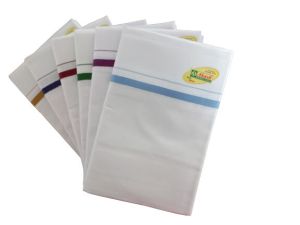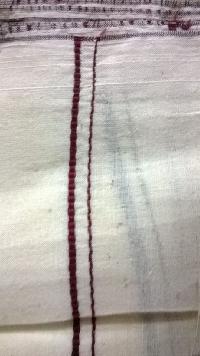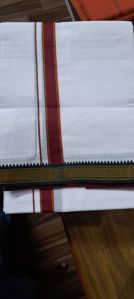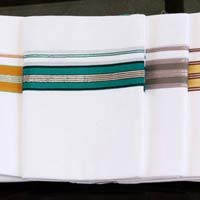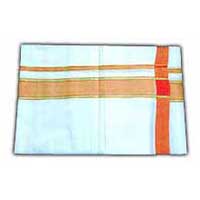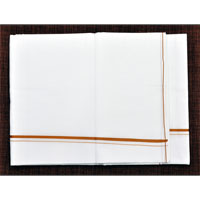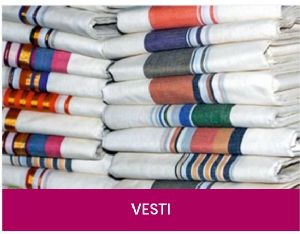Welcome to KGK
Good Quality Work and Value... The aesthetic systems of early ages included making the body a canvas. These included face painting, body painting, and ancient varieties of tattooing. In tribal communities, there were distinct tattoos for specific clans. Then emerged drawings on the ground and the Onam floral patterns are an offshoot of this. The ‘kalamezhuthu,’ ceremonial drawings on the ground to propitiate the gods, emerged too. It is probably from such representations. The word mural comes from the Latin word Murus, or a readied wall. This indicates that the paintings are done on a surface which is readied through a painstaking process. The use of colours are in two styles. One is the Fresco style where colours are applied on a slightly wet surface. The one where the colours are used on a dry surface is the dry fresco style. One mural painting takes 41 to 60 days to get over. The outlines are drawn in yellow and then filled in with colours.The thick lines inform closeness; thin lines, distance; flowing line, rotation. The depth is created by mixing all these. This apart, the artist can bring in the elements of time, seasons, and age through various methods. The image that an artist intends to draw is first versified and uttered by the artist. Then, the artist also invokes many muses in verse and starts drawing. The prayer verses detail the hand gestures, the mount, and the weapons of the deities portrayed. The Ajantha murals are known for the colour schemes and the Kerala murals are known for the impeccable sketching.
-
Student
Soniya R
-
Year of Establishment
2009
-
Primary Business
Manufacturer
-
Annual Turnover
Below Rs. 0.5 Crore Approx.
